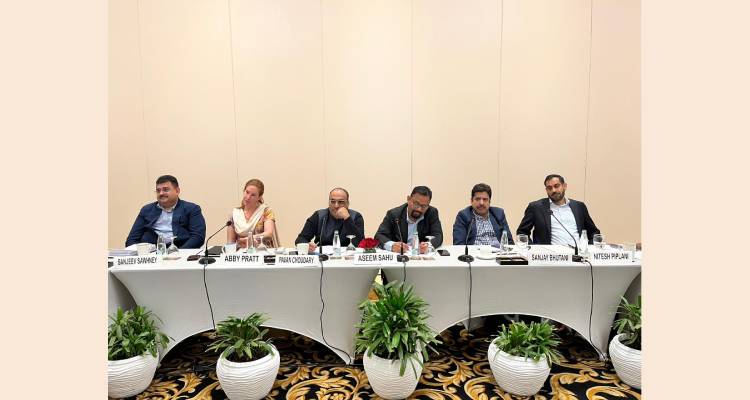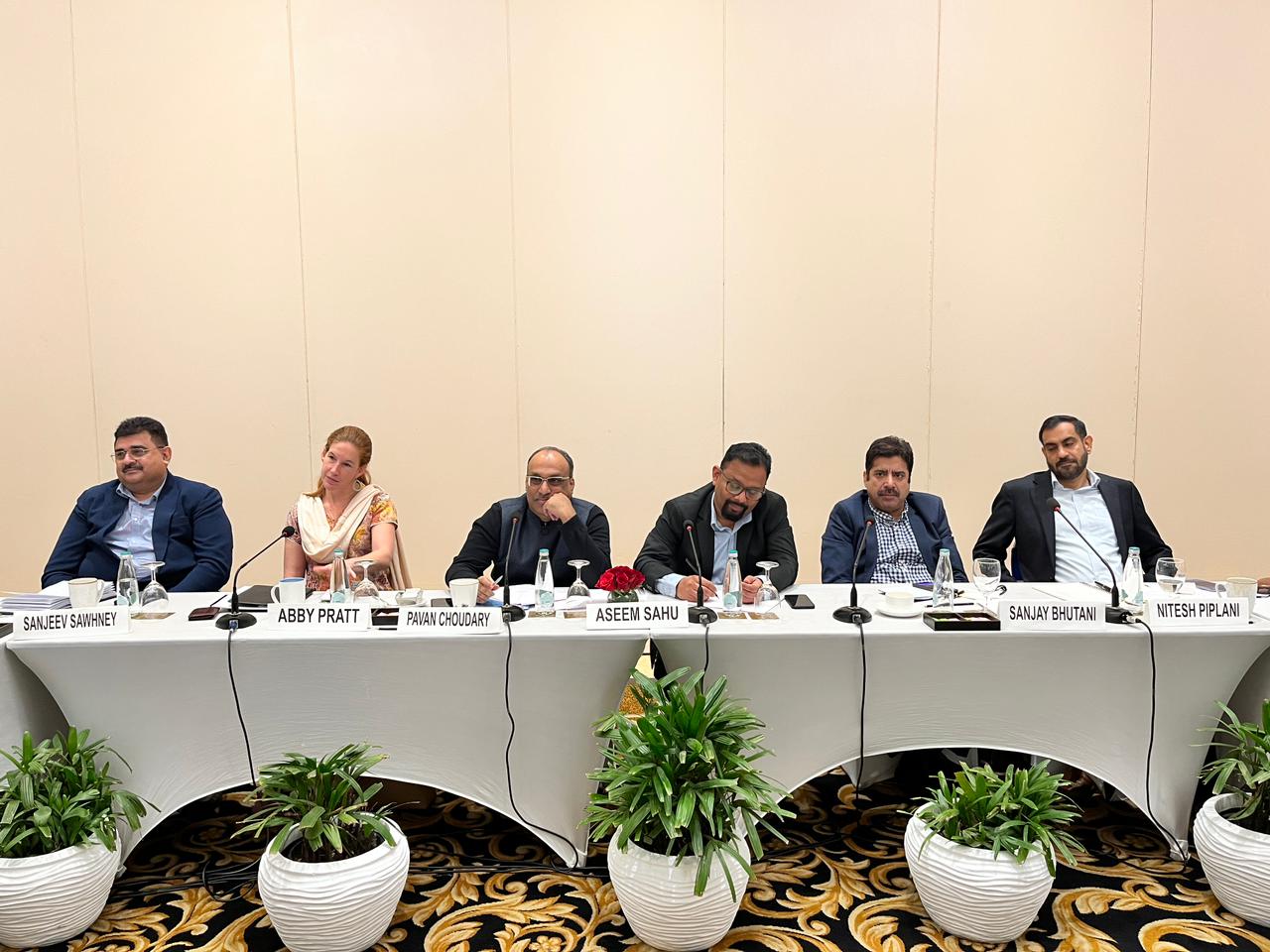The Medical Technology Association of India (MTaI), which represents leading research-based medical technology companies in the country, said that the Assistance to Medical Devices Clusters (AMD-CF) scheme announced by the Department of Pharmaceuticals (DoP) is a welcome move and will play an important role in attracting foreign and domestic investments in the MedTech space.
“These clusters will help reduce the CAPEX (capital expenditure) cost for manufacturers by facilitating them with shared common manufacturing & testing or warehousing & clearing facilities,” said Pavan Choudary, chairman of MTaI.
The medical device is an intricate sector and is highly capital and technology-intensive. It has long gestation periods and also requires constant training of healthcare workers to adapt to these new technologies.
“Therefore, the collaboration of domestic and international currents is key to accelerating the ‘Make in India’ initiative. India already is the pharmaceutical capital of the world and with nuanced and thorough policy interventions, India will run as a strong contender in the MedTech space as well,” he added.
Commenting on the National Medical Devices Policy, 2023, he said that MedTech is a sun-rise sector and the current government’s refreshing outlook with the launch of the National Medical Device Policy 2023, shows the recognition and importance of this sector.
The industry is excited as the spotlight has strongly turned to R&D. For this, the industry needs collaboration between academia, research institutions, and the industry to conduct joint research and development projects. These collaborations help in leveraging expertise, resources, and knowledge for innovation.
“Though, India currently has only 1.5 per cent of the global medical device market, however, it has an 8 per cent share of the MedTech R&D workforce already,” he added.
Skilling and upskilling is another key aspect that NMDP is trying to facilitate that augurs well for patient care and manpower exports. I am happy to share that MTaI member companies train more than 2.5 lakh healthcare workers annually. Under NMDP, the government is also planning to open 157 nursing colleges. This is another well-chosen space as it is estimated that new technologies like artificial intelligence which may make the desktop healthcare worker (even many doctors) redundant will not impact the nursing staff so adversely.
So, this policy has a note of enduring prudence to it. Also, NMDP envisages the scope for developing multidisciplinary courses for the MedTech sector. Another notable mention is the emphasis given to creating a systematic brand positioning program that was long due will drive differentiation, market segmentation, value perception, trust, and competitive advantage. These benefits may go a long way in ensuring the growth & success of MedTech companies in an increasingly competitive and dynamic market.
“While the government is coming up with incentives like PLI schemes and favorable policies like NMDP, and on the other hand, issues like high tariff rates, duplicate labelling rules, and restrictive public procurement policies continue to plague the ease of doing business in this space,” added Choudary.
To preserve the estimated growth for the Indian MedTech Industry to reach 50 billion dollars by 2030, the government must urgently look to address the pending list of unmet expectations of the industry. These include lowering the customs duty and removal of additional health cess, removing unpredictability in pricing policy, removing multiplicity of authorities governing the sector, harmonizing Indian standards with global standards, removal of overlapping regulations like legal metrology rules, decriminalizing commercial legislations, etc, he averred.




